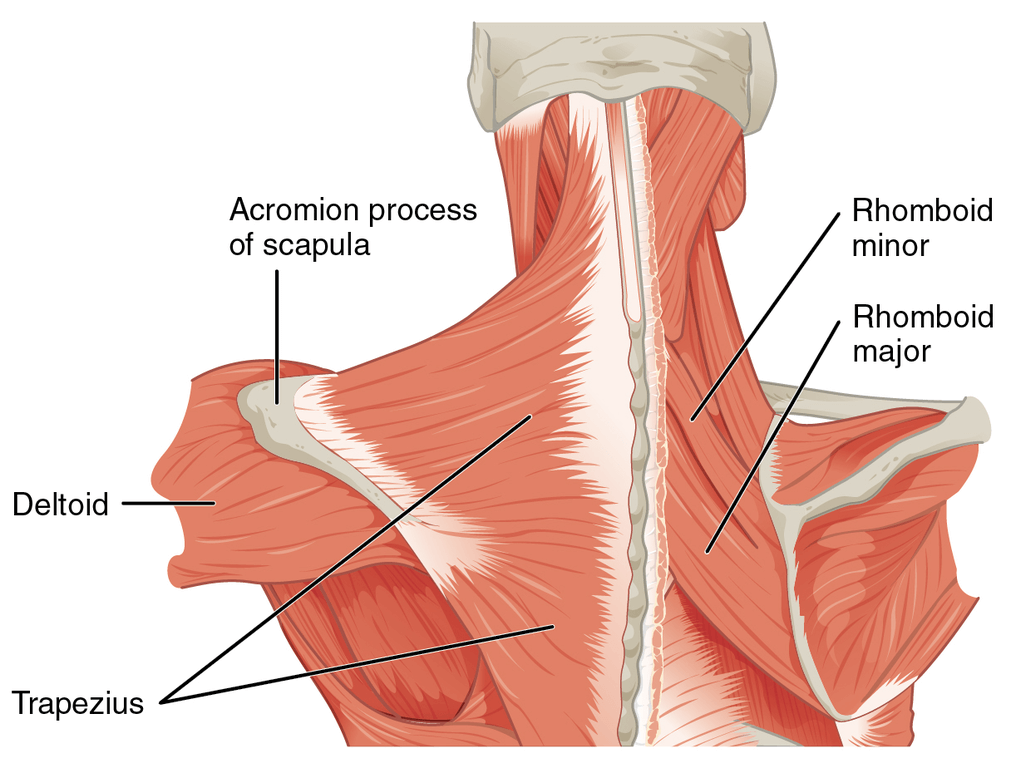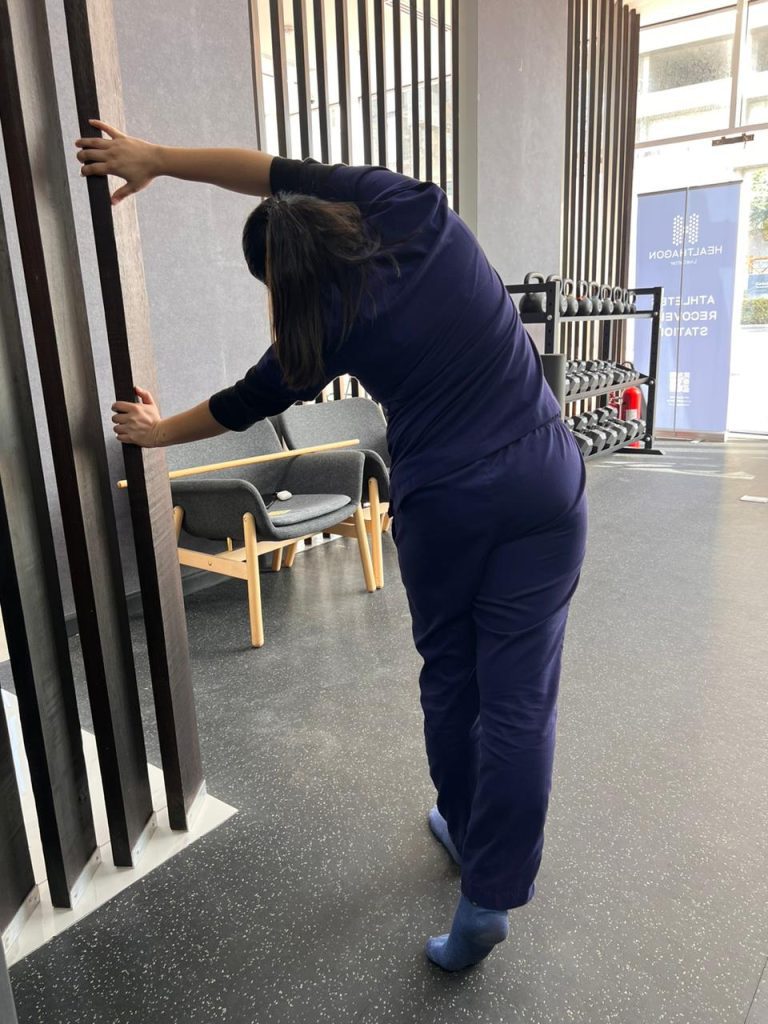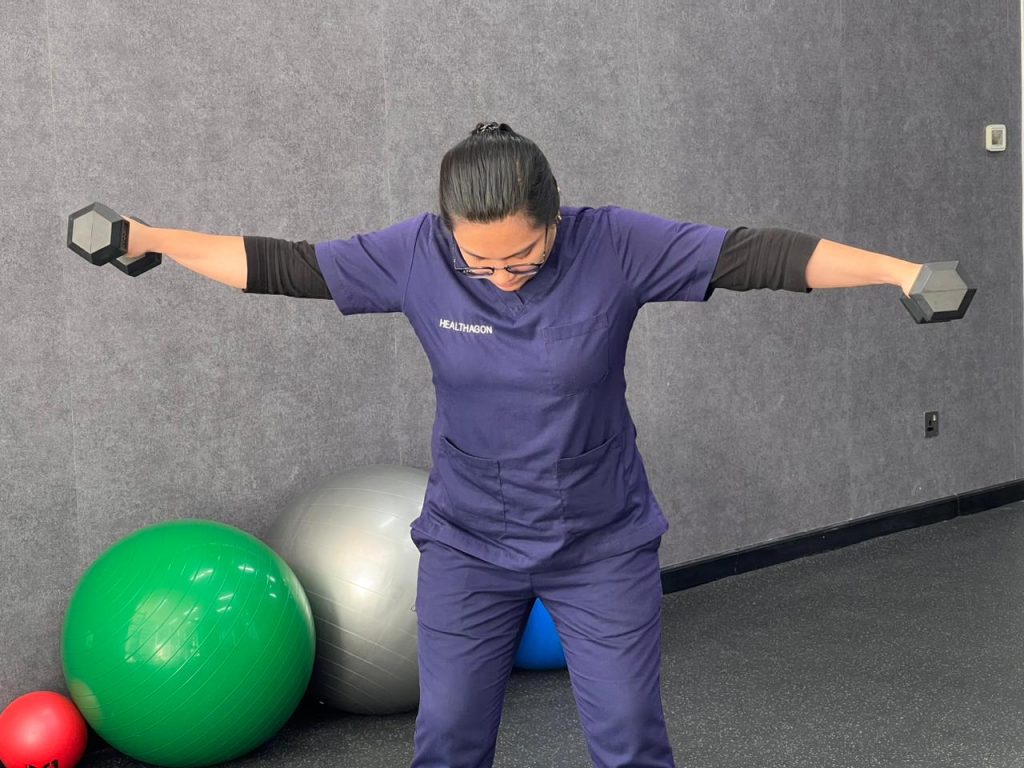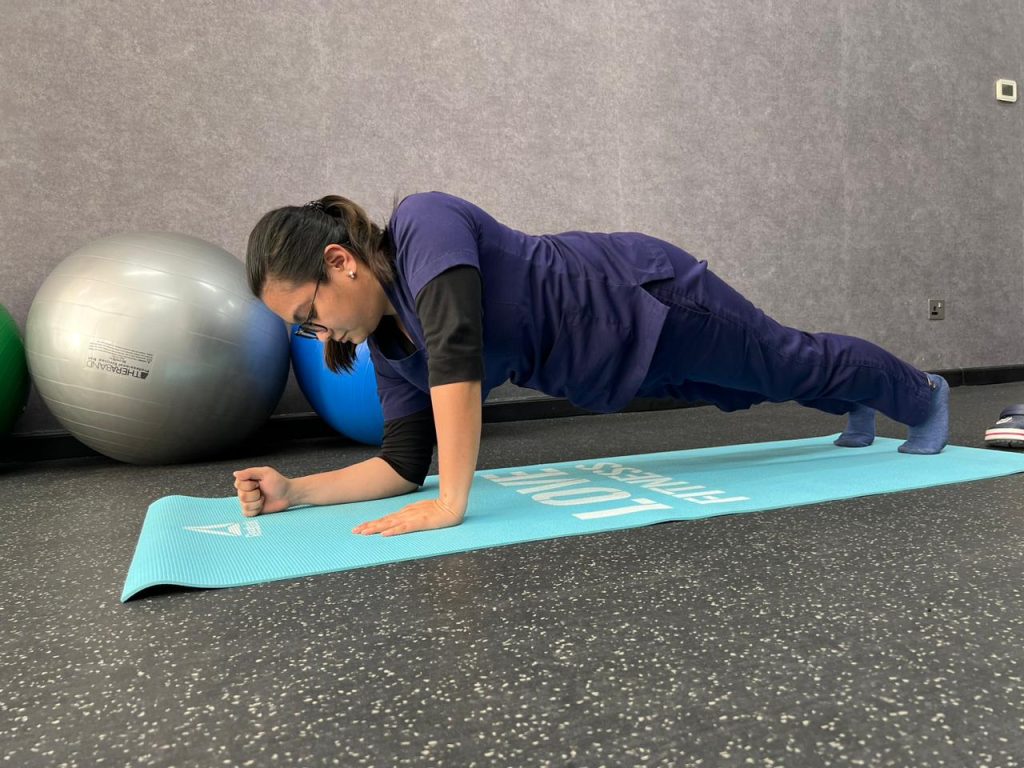
Health Blog | 3 MIN READ
Rhomboid Muscle Pain
Dr. Maureen Agustin
Most of us have experienced some sort of muscle pain at one time or another. But if you're experiencing rhomboid muscle pain, you may be feeling more than discomfort – you may be dealing with chronic pain that's limiting your daily activities. Rhomboid muscles are located in the middle of your back and run from the spine to your shoulder blades, connecting them. They're responsible for moving your shoulder blades towards each other and are important for controlling movements your arms and upper body movements muscles become strained or injured, which can lead to considerable pain and discomfort. This blog post will explore what causes rhomboid muscle pain, how to prevent it, and the best treatments for managing symptoms.
What is Rhomboid Muscle Pain?
Rhomboid muscle pain is a common complaint that can cause significant discomfort and interfere with daily activities. Pain in the rhomboids can be caused by a variety of factors, including poor posture, muscle strain, or injury. Physical Therapy is necessary for the treatment of rhomboid muscle pain.
Anatomy of Rhomboid Muscle Pain

The rhomboid muscle is located in the upper back and is responsible for stabilizing the shoulder blade. Pain in this muscle can be caused by overuse, injury, or poor posture. Symptoms of rhomboid muscle pain include stiffness, aching, and burning sensations in the upper back and between the shoulder blades. Treatment for this type of pain typically includes rest, ice, and over-the-counter pain medication. In severe cases, physical therapy may be necessary.
Rhomboid Muscle Pain Symptoms
The most common symptom of rhomboid muscle pain is • Muscle spasms and tightness in the upper back, especially between the shoulder blades • Difficulty moving your shoulders or arms • Headache that radiates from the neck to the jaw or head • Numbness or tingling sensation in your arms or hands

Rhomboid Muscle Pain Causes
There are a few different things that can cause pain in the rhomboid muscle, and it is important to figure out what is causing your pain so that you can get proper treatment. One of the most common causes of rhomboid muscle pain is poor posture. If you have poor posture, your shoulders will round forward and your head will jut out, putting strain on the muscles in your upper back. This can lead to pain in the rhomboid muscle as well as other muscles in the upper back and neck. Another common cause of rhomboid muscle pain is repetitive motions. If you do the same motions over and over again, it can lead to inflammation and pain in the muscle. This is often seen in people who work at desk jobs and spend a lot of time typing on computers. Treatment for rhomboid muscle pain depends on what is causing the pain. If it is due to poor posture, you will need to work on correcting your posture. This may involve doing posture correction exercises or seeing a physical therapist. If your pain is due to repetitive motions, you may need to take a break from the activity that is causing the pain or change the way you are doing it.
Rhomboid Muscle Pain Treatment
There are a number of different treatments that can be effective in treating rhomboid muscle pain. These include: -Heat: Applying heat to the affected area can help relax the muscle and relieve pain. Heat should be applied for 15-20 minutes at a time, several times per day. -Stretching: Gently stretching the affected muscle can help reduce pain and improve the range of motion. A physical therapist can teach you specific stretches that target the rhomboid muscle. -Massage: Massaging the affected muscle can also help reduce pain and promote healing. A professional massage therapist will know how to properly massage the rhomboid muscle without causing further pain.
Rhomboid Muscle Pain Exercises
Rhomboid muscle pain is a common condition that can be caused by a variety of factors, including poor posture, repetitive motions, and incorrect lifting techniques. While there is no one-size-fits-all solution to this problem, there are a number of exercises that can help to alleviate pain and improve muscular function.
1. Chest Stretch – Stand in a doorway with your arms at 90-degree angles and place your hands on either side of the door frame. Step forward until you feel a gentle stretch in your chest and rhomboid muscles. Hold for 30 seconds, then relax and repeat.

2. Shoulder Rolls – Stand with your hands on your hips and gently roll your shoulders backward 10 times and then forward 10 times. Then switch directions and repeat the movement in the opposite direction.

3. Reverse Flyes – Stand with your feet hip-width apart and hold two light dumbbells (or cans of soup) just above your knees. With a slight bend in your elbows, extend both arms out to the side until they are in line with your shoulders. Squeeze your shoulder blades together as you return to the starting position. Do 12-15 repetitions of this exercise three times a week to help strengthen the rhomboid muscles.
4. Plank Up Downs – Begin in a plank position on an exercise mat with one hand slightly ahead of the other and make sure that both hands are shoulder-width apart. Engage your core by drawing the navel towards the spine, then slowly lower yourself down.

5. Doorway Stretch – This stretch can be performed by standing in a doorway with your arms raised overhead and leaning forward until you feel a gentle stretch in your back and shoulders.

6. Supine Shoulder Internal Rotation - This can be done by lying on your back with a towel wrapped around your affected arm and gently rotating your arm across your body.
Scapular Push-up: This is an excellent exercise for strengthening the muscles around the shoulder blade, while the reverse fly helps to target the middle trapezius muscle.
Rhomboid Muscle Pain Prevention
There are a few things you can do to prevent pain in the rhomboid muscle:
1. Avoid overhead motions - This includes activities such as reaching overhead to get something off a high shelf or lifting your arms above your head to wash your hair. If you must perform one of these motions, do it slowly and avoid jerking or twisting your body. 2. Use good posture - Maintaining good posture throughout the day can help reduce strain on the rhomboid muscle. When sitting, keep your shoulders back and down, and when standing, hold your head up and pull your shoulders back. 3. Stretch regularly - Stretching the muscles in the back, including the rhomboids, can help keep them loose and reduce the risk of pain. A simple stretch for the rhomboids is to reach your arms overhead and clasp your hands together, then gently pull your shoulder blades together.


